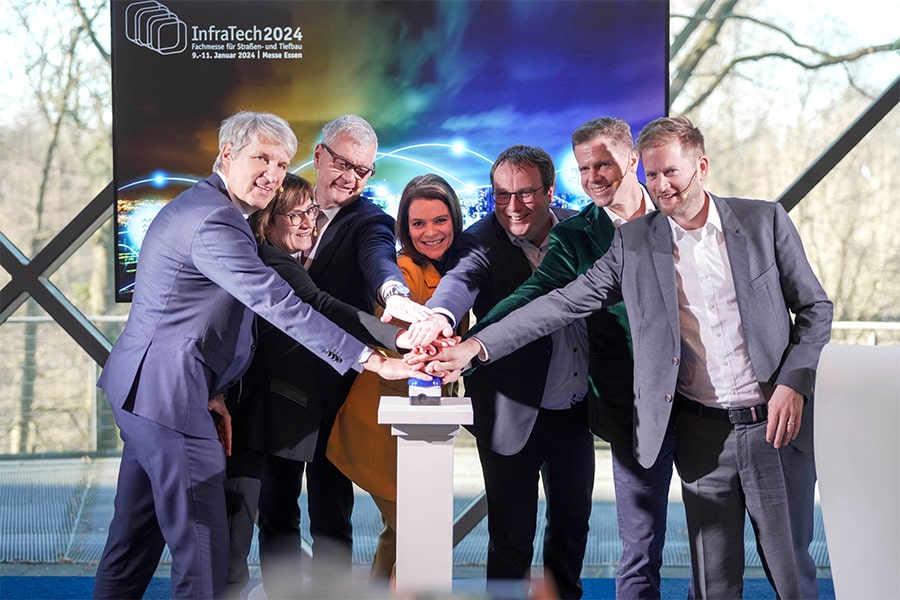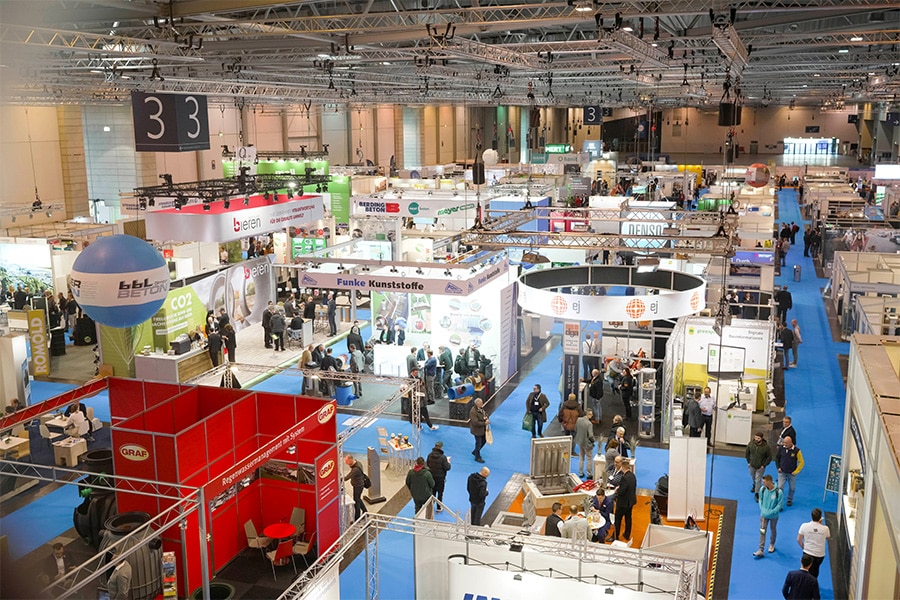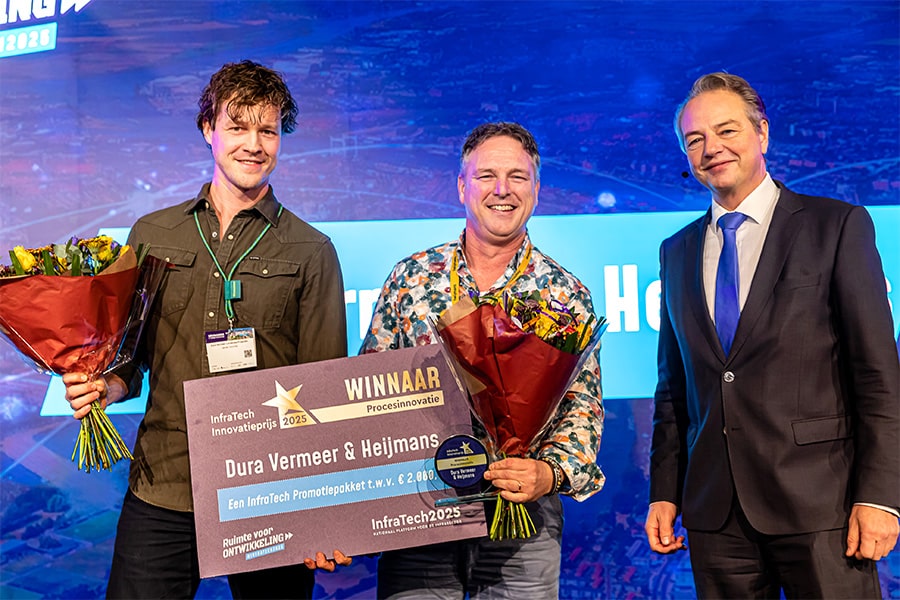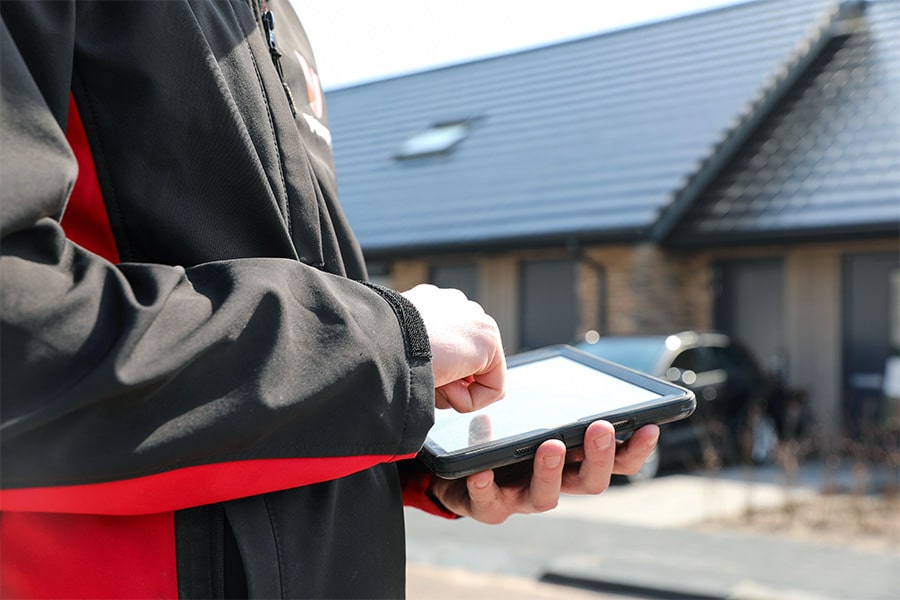
Digital security in construction: how VanMeijel ensures protection and continuity with SaaS
The construction industry has traditionally focused on physical security, but with increasing digitalization, digital security has also become essential. Cyber security is now the norm, not only to protect sensitive data, but also to ensure business continuity. Peter Wouters, team leader of technical consulting at VanMeijel, talks about the shift to cloud-based solutions and the growing role of digital security in construction.
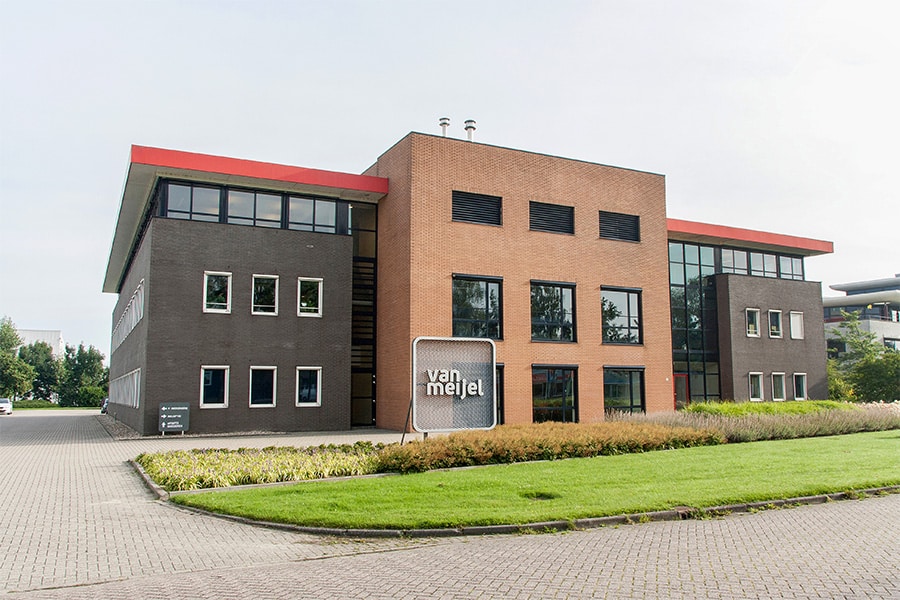
From on-premise to SaaS: a digital transition
VanMeijel previously provided mainly on-premise systems to clients. That meant that all software ran locally at the client's premises and the client was responsible for security, backups and updates. Nowadays, digital security is a shared responsibility between software vendors and customers. Thereby, SaaS (Software as a Service) solutions - software offered through the cloud - offer great advantages for both security and functionality. Peter explains: "SaaS allows us to provide security at a much higher level because we can maintain control over essential aspects such as backups, authentication and system updates. We ensure that our software, such as Metacom, meets the highest security standards (such as ISO 27001) ánd so we also take care of the management and maintenance of the servers and network."
Still, the role of the customer remains crucial, Peter emphasizes. "To ensure digital security, end users must be aware of secure login procedures and deploy appropriate security measures, such as multi-factor authentication (MFA)," he says. "VanMeijel works closely with the customer to minimize vulnerabilities and strengthen the digital resilience of the systems."
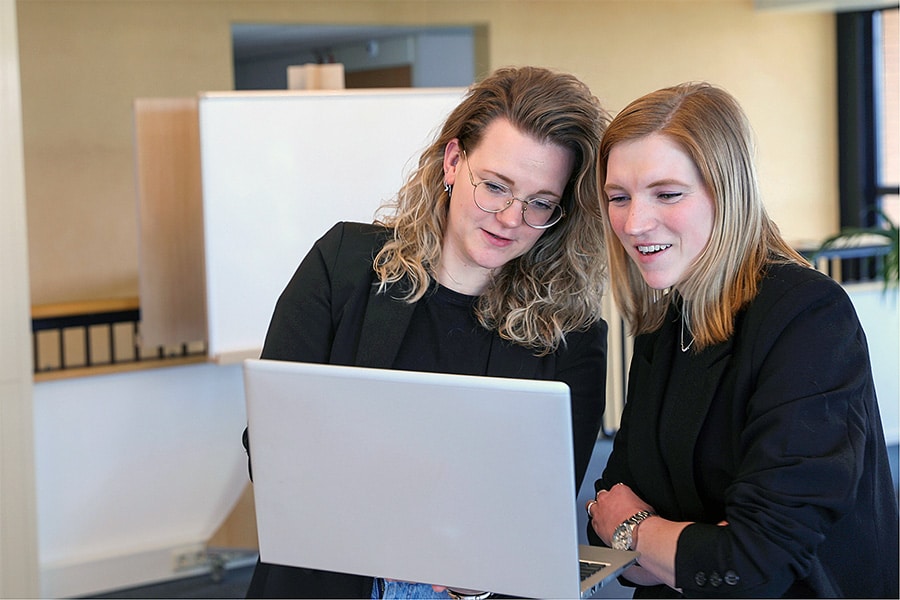
The benefits of SaaS for the construction industry
According to Peter, SaaS brings several benefits to construction companies, especially at a time when labor shortages and digitization go hand in hand. "Younger employees have different expectations of software than the older generation. They want to be able to work from any location, often through apps or other mobile solutions. SaaS makes this possible, while we guarantee security. For the GWW sector, where fast and reliable access to data is crucial, this helps companies stay flexible and attract the new generation of employees."
With SaaS solutions like Metacom, users are no longer dependent on local servers, and can access their data anytime, anywhere. Peter: "The nice thing is that the application looks and functions the same, only it can now be accessed via the Internet. All administrative processes, from calculation to invoicing, are thus secure and accessible. And if something does go wrong, recovery is a lot easier thanks to regular backups."

Cyber threats and how to prevent them
With the transition to the cloud and SaaS also come new challenges, such as the risks of cyber attacks and ransomware. A ransomware attack is the biggest risk for companies in the GWW sector: "If you don't have access to your data, the whole business is at a standstill. We therefore ensure that customers are aware of the need for backups and security updates."
An essential step to increase digital security is multifactor authentication (MFA). This requires users to enter not only a password, but also a second factor, such as verification via their phone. This makes it more difficult for hackers to gain access to sensitive data. With MFA in Metacom, users can activate this extra layer of security themselves and thus increase security.
Why SaaS is the future for digital security in construction
For VanMeijel and Peter, it is clear: SaaS offers a level of quality that customers with an in-house IT department cannot match. "Many people think that SaaS is only meant to save costs, but we see it primarily as a way to take security and functionality to the next level. Where just a few years ago not all customers saw SaaS as a logical step, there is now a clear trend toward this solution. Almost all customers are now interested in making the switch, in part because of the increased security standards and reduced maintenance on in-house hardware. Although the change requires some on the architecture side, the actual migration usually goes smoothly. SaaS enables companies to focus on their core business, while VanMeijel provides a secure digital environment that is always up-to-date," Peter concludes.
